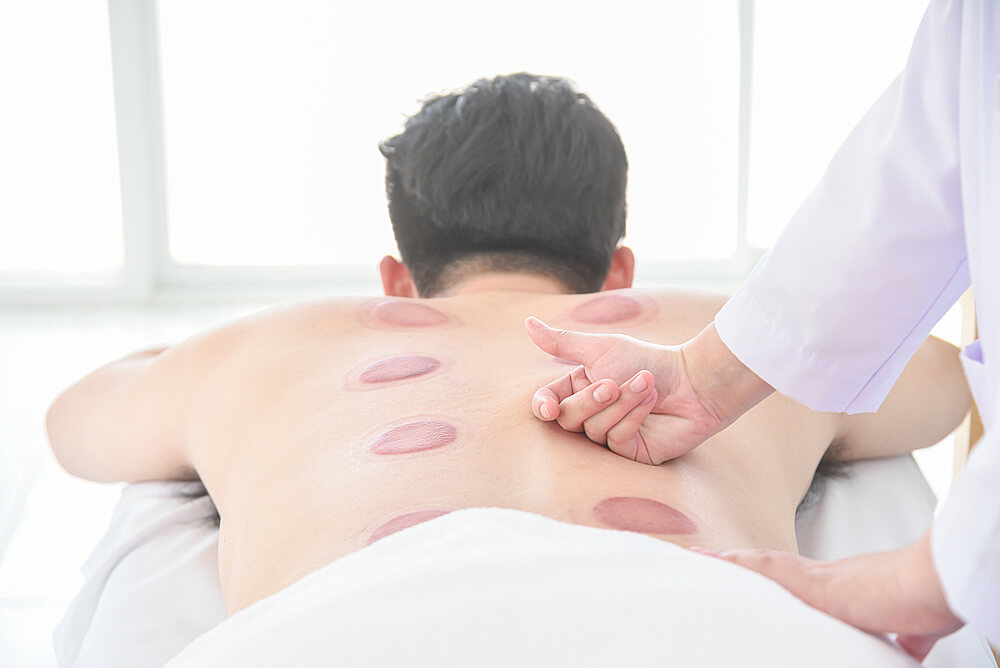Who can perform cupping therapy?

Cupping therapy is a safe procedure, which are done for thousands of years without many complications. so, theoretically any body can perform cupping therapy, but to perform the cupping therapy in a legal way, and with less side effects, the practitioner should be a physician or at least from a paramedical field, with good knowledge of human anatomy and physiology. Examples of individuals who can perform cupping therapy includes:
-
- Medical physicians
- Physical therapists
- Chiropractors’ therapists
Indication of cupping therapy
Cupping therapy is not indicated only for therapeutic purposes, healthy individuals can benefit from cupping therapy too. In a study by Kordafshari et al. to evaluate the effect of cupping therapy on healthy individuals. The researchers founded that, after one month of cupping therapy sessions, 88% of participants reported improving in their quality of life, 11.7% of participants reported no change in their life quality, while 89.9% of participants reported no side effects after cupping therapy.
In a study by Abushanab et al., the authors founded that cupping therapy has a promising results in treatment of pain related conditions.
Cupping therapy is indicated for treatment of localized conditions such as:
-
- Migraines and headache
- Torticollis
- Low back pain
- Knee pain
Patients of certain diseases can benefits from cupping therapy too such as:
-
- Hypertension
- Rheumatoid arthritis and fibromyalgia
- Diabetes mellitus
- Skin conditions such as eczema
- Some digestive diseases as irritable bowel diseases
- Some psychiatric conditions
A study by Nimrouzi et al. to evaluate wet cupping or Al-Hijama in the old-fashioned Persian medicine. They founded that, wet cupping has a significant effect in treatment of multiple diseases and helps in removing toxic substances from the body.


